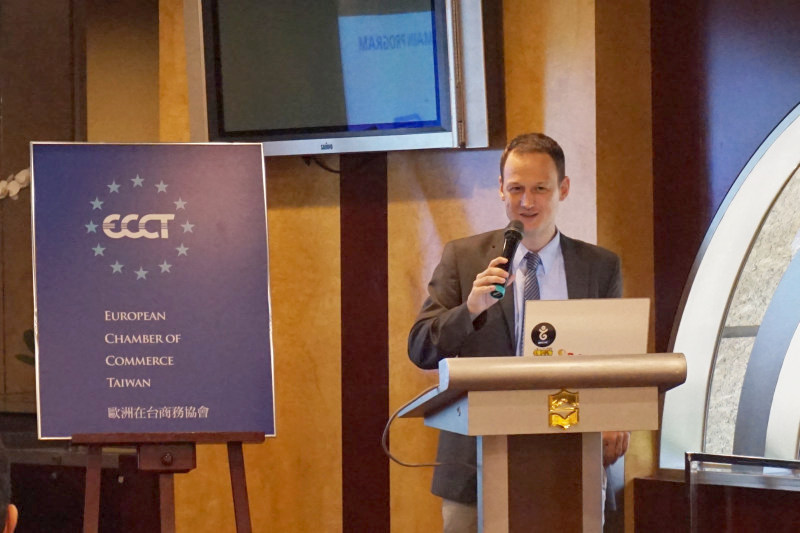Brand protection on the internet

The Internet Corporation for Assigned Names and Numbers (ICANN) authorized the launch of the new generic top level domain program in 2011 and later adopted guidelines (listed in an applicant guidebook), which define the process and conditions for applications.
A total of 1,930 applications were submitted, of which 1,541 are still active. Applications have to go through an initial evaluation process to allow for comment from interested parties, objections from the government and international arbitration of complaints, follow the guidelines and, once approved, pay a US$185,000 fee.
Then there are three launch phases for new extensions:
Sunrise: This is exclusively reserved for trademarks registered in the
Trademark Clearing House (TMCH), run by Deloitte, which validates registered trademarks along with a proof of use. Registration is often on a first-come-first-served basis but if there are multiple applicants, an auction may be held for all applicants of the same name.
Landrush: This the period allowed to register a domain name with primacy. Registration is on a first-come-first-served basis but if there are multiple applicants, an auction is held.
Go-live: This opens extensions to the general public. Some TLDs will have restrictions while others will not. For example, the ".osaka" extension is restricted to entities with a presence in Osaka. Several registrars provide trustee services if the registry permits.
There are currently 741 delegated extensions, 104 pending applications (including some disputed ones like ".mail" and ".shop"). There are also cases of applications being withdrawn by corporations for brand TLDs (such as .hilton).
The good news is that TMCH-registered trademarks are protected to some extent. Validated trademarks get first priority in registration in the "Sunrise" phase and trademark holders are notified when a third party registers (or tries to register) their name. There is also a blocking mechanism for trademark holders to prevent domain name registration by third parties and a dispute resolution mechanism, which allows the suspension of disputed domain names after launch. Rights-holders are able to register the new domain names (ahead of potential infringers) as long as they have a TMCH registration. To fully recover the ownership, the trademark holder will have to file a UDRP.
In addition there are limitations in terms of similar sounding names or those that are reserved for common use. Nevertheless, this does not mean companies should be apathetic. Kuiper advised companies to study the pros and cons of registering domain names given the proliferation of extensions. For those deemed valuable for business line or geographical reasons, the sooner firms act, the better. They should also think about the future of operating in a global market. For example, it may be worthwhile to invest in domain names in different languages of important target markets.
In the event of a dispute, there are two mechanisms to use:
Uniform Dispute Resolution Policy (UDRP) can be invoked by a trademark owner against domain names if the domain name is 1) identical or so similar that it can be easily confused with a trademark owned by the applicant; 2) the domain name holder does not have any legal rights or legitimate interest over it or 3) the domain name has been registered and is used in bad faith. If the applicant succeeds in the dispute, the domain name can be transferred to the applicant or deleted.
Uniform Rapid Suspension (URS): This is similar to UDRP but the domain won't get transferred to the trademark holder. The procedure is accelerated and usually takes about 14 days.
While legal procedures can be launched against cybersquatting, it is of course always preferable to try to reach an amicable settlement with the opposing party out of court, such as through a cease and desist letter.
